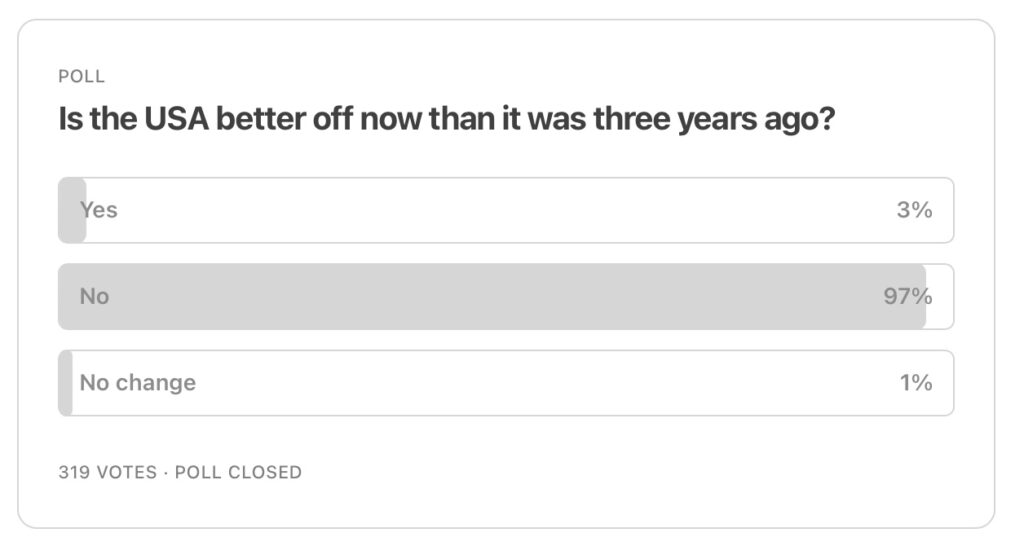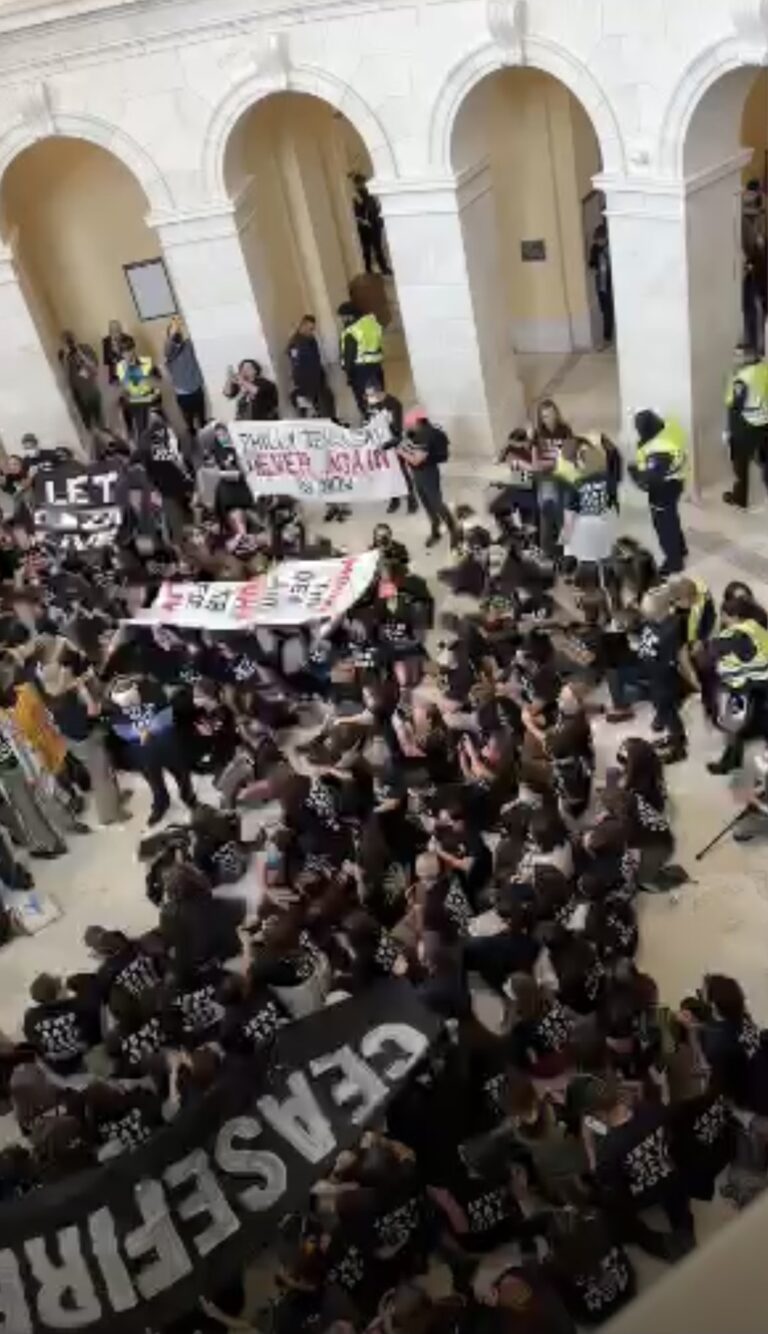By BRUCE ABRAMSON | REAL CLEAR WIRE
Events of the past week have brought clarity in many areas. Perhaps the one that hits closest to home for many Americans is the moral rot of academia.
Leading academics, scholars, professors, students, and administrators in the United States have had a shockingly hard time condemning mass murder and rape at a music concert in the desert, the slaughter of babies, and the kidnapping of more than 100 civilians of all ages. A disturbing number have celebrated these actions. A larger group have cheered the perpetrators. A still larger cadre have reminded us of the subtle and deep complexities underlying such misdirected anger – which they dare not call barbarism lest they offend the “oppressed” terrorists.
The list of prestigious institutions incapable of unequivocal condemnation of these Nazi-level atrocities is long: Harvard, Stanford, Columbia, the University of Washington, Georgetown, and many others made headlines. They were hardly anomalies.
Their cowardly, mealy-mouthed expressions of false equivalence are representative of what our finest universities have become: enemies of civilization.
Look closely at any of the demonstrations, rallies, protests, or riots supporting barbarism. Look closely at the people organizing, funding, and rationalizing these movements. Invariably, you’ll find graduates – mostly recent graduates – of America’s most prestigious institutions of “higher learning.” Some of the most obscene speakers are their professors. Right behind them are the leading lights of K-12 education.
America’s most committed parents are spending their life savings to turn their children into indoctrinated, radicalized, deeply immoral apologists for barbarism – if not barbarians themselves. Civilized norms, basic decency, and common sense developed over the course of centuries are crumbling rapidly.
In today’s academia, even my references to “civilization” and “barbarism” rankle. Only an oppressive imperialist would assume that one set of norms is superior to another. Who gave me the right to insist that there’s something uniquely repulsive about mutilating dead bodies?
That’s why one of the most important experiments in America today is the drive to reclaim academia. It’s a relatively young experiment. Selected religious institutions have labored for years to hold the line, but they’ve done little more than define a niche. Their ability to influence academia more broadly has been severely limited.
In recent years, however, some public institutions have entered the fray. Florida’s state university system has likely taken the lead – with tiny New College of Florida at the vanguard.
I was thrilled when the opportunity arose to join the team working to turn New College into the best liberal arts college in America – no longer a very high bar – as well as a campus in which students feel physically safe but intellectually challenged.
One of our goals is to ensure that our campus is a “safe space” only in the sense that it provides freedom from assault, harassment, and discrimination. Academic institutions committed to true higher education do not offer protection from ideas. To the contrary, they relish spirited argumentation, debate, and persuasion.
They teach students to separate fact from opinion, assess the credibility of their sources, marshal the evidence, and justify their conclusions. They welcome passion, even emotion, while imparting the lesson that these very human components of argumentation cannot justify fabrication.
They preserve the fixed meaning of words, holding the line against deconstructions that attach pre-existing feelings to altered concepts. They expect participants to be resilient and robust, to seek ways to exercise their minds while strengthening or refining – or sometimes altering – their beliefs, not fragile snowflakes likely to wither and melt when faced with the slightest micro-disappointment.
In short, our work threatens America’s morally corrupt educational establishment and the indecent radicals it prefers to mold. It’s hardly a coincidence that so many so-called educators are eager for us to fail.
Nor is it a coincidence that U.S. News recently moved Florida’s colleges downward in their rankings. A full 20% of their scoring system relies upon a school’s reputation among the leadership of its peers. Florida’s schools are unpopular among apologists for barbarism? We can live with that.
In stark contrast to those prestigious competitors, Florida’s public institutions expressed moral clarity from the very top. A letter from Chancellor Ray Rodrigues and Commissioner Manny Diaz Jr. began:
“This weekend, the world watched Hamas, an Iran-backed terrorist organization, commit a barbaric attack against Israel including innocent Israeli women, children, babies, and grandparents who were Holocaust survivors. Israel not only has the right to defend itself against these heinous attacks, but it has a duty to respond with overwhelming force. Florida unequivocally stands with Israel and the Jewish people during this difficult moment in history.”
Here at New College, President Richard Corcoran added:
“New College faithfully executes its responsibility under state law to ensure that all education programs, activities and opportunities are offered free from discrimination. … Any individual or group at New College providing support or resources to designated foreign terrorist organizations will be prosecuted to the fullest extent of the law.”
That such statements would be controversial among our peers should concern every American. All people of good faith, basic decency, and moral clarity should wish us well as we seek to restore morality and decency to higher education.
Bruce Abramson is executive director of New Student & Graduate Admissions at New College of Florida and a director of the American Center for Education and Knowledge. He is the author of “An American Vision for the Middle East” (Kindle, 2017) on the nature of Middle East conflicts, and “The New Civil War” (RealClear Publishing, 2021) on the corruption of American academia.
This article was originally published by RealClearPolitics and made available via RealClearWire.










